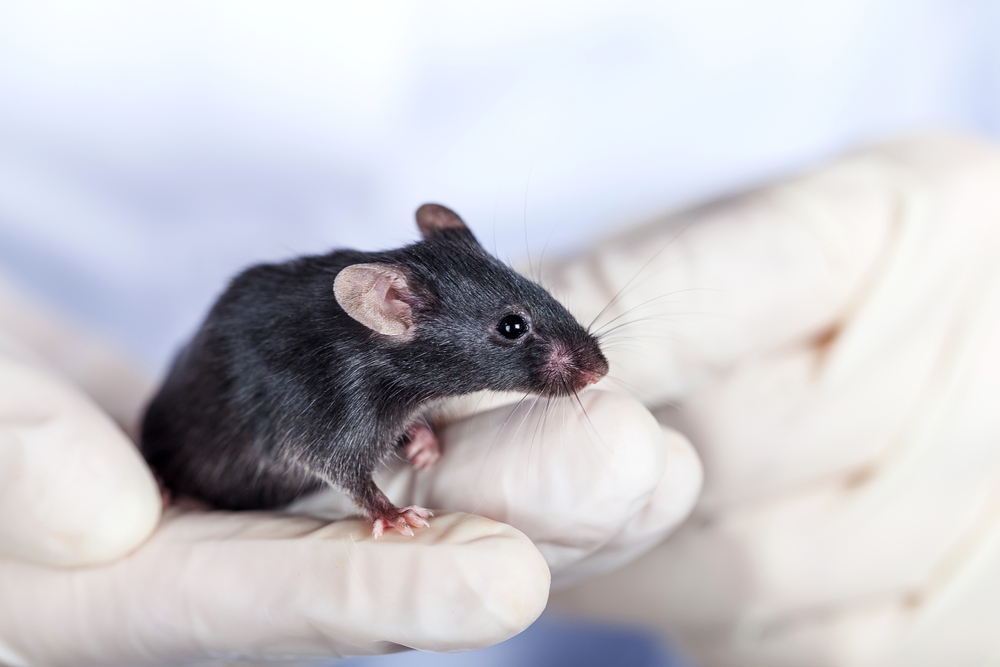Protein Involved in PAH Development a Potential Therapeutic Target, Study Suggests

A certain protein found on white blood cells, which plays a role in causing pulmonary arterial hypertension (PAH), may be a potential new therapeutic target, a study in mice and humans suggests.
The study, “Inhibition of CRTH2-mediated Th2 activation attenuates pulmonary hypertension in mice,” was published in the Journal of Experimental Medicine.
PAH involves the remodeling of pulmonary arteries, which carry blood from the heart to the lungs. Excessive production of smooth muscle cells in the arteries is one of the mechanisms behind this remodeling. This causes muscularization and narrowing of the arteries, and in turn, blood pressure in the pulmonary arteries increases as blood is pumped through narrower vessels.
The immune system is known to play a role in the remodeling of arteries in PAH. Therefore, researchers set out to identify key players in the process, focusing particularly on a protein called CRTH2 (chemoattractant receptor homologous molecule expressed on Th2 cell), which is found on a type of helper T-cell, a white blood cell called a TH2 cell.
Normally, TH2 cells are involved in fighting parasites, and are also thought to mediate allergic reactions. They produce the proteins IL-4 and IL-13, called cytokines, which have been found to be involved in causing PAH in animal models. CRTH2 in TH2 cells is responsible for triggering the production of IL-4 and IL-13.
The researchers showed that there were abnormally high levels of CRTH2 present in helper T-cells circulating in the blood of both humans and mice with PAH. They also found that there were high levels of IL-4 and IL-13 in circulation.
Interested in pulmonary hypertension research? Check out our forums!
They also reported signs of PAH improvement in mouse models of the disease in which CRTH2 was eliminated. The thickness of blood vessel walls was also reduced in the lungs of the animals, and IL-4 and IL-13 production was neutralized.
Interestingly, if these mice were injected with TH2 cells that had CRTH2 on their surfaces, they developed PAH.
To confirm that CRTH2 was indeed responsible for causing arterial remodeling in PAH, researchers treated mice conditioned to develop PAH with a CRTH2 inhibitor called CAY10595. They found that pulmonary arterial remodeling was suppressed in these animals upon treatment with CAY10595.
“These results demonstrate the critical role of CRTH2-mediated Th2 response in PAH pathogenesis and highlight the CRTH2 receptor as a potential therapeutic target for PAH,” the team concluded.







